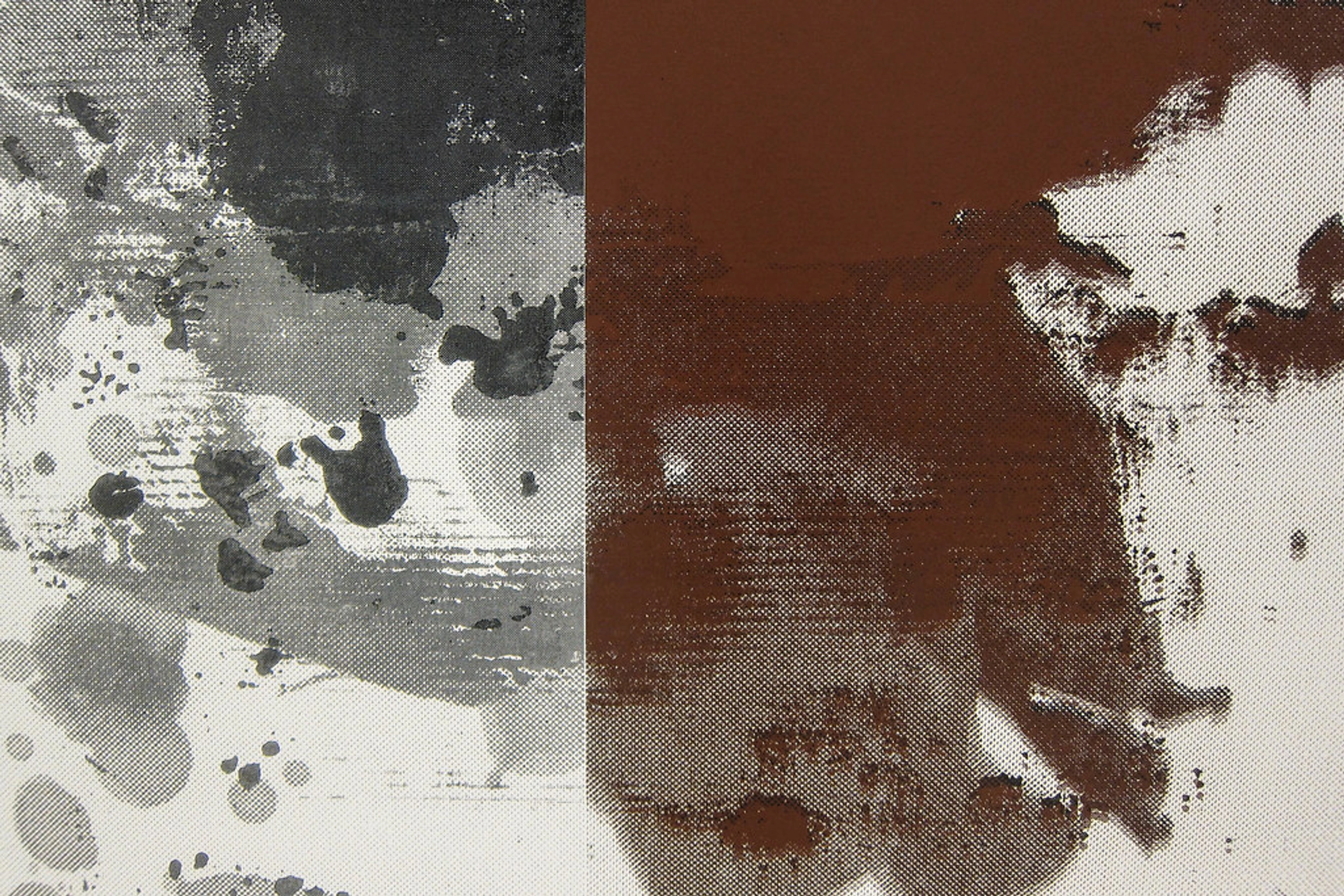
Modern vs. Contemporary Art: A Comprehensive Guide & Personal Journey
Unlock the true meaning of modern and contemporary art. My guide delves into defining eras, key movements, and evolving philosophies, equipping you to deeply understand and connect with art today.
Decoding Modern vs. Contemporary Art: Your Essential Guide & Personal Journey & My Own Artistic Takeaways
I remember the first time someone asked me, "Is your art modern or contemporary?" For years, I admit, the terms felt interchangeable, like different words for "anything that wasn't a perfectly rendered portrait or historical scene." And honestly, I’d probably just mumbled something about it being "new" and "colorful," trying to sound vaguely knowledgeable while secretly hoping they wouldn't press for details. It was like I had a piece of a map, but no compass. But it turns out, there's a pretty significant, if sometimes blurry, distinction. And as someone deeply entrenched in creating and appreciating art – especially the kind that pushes boundaries – I've come to realize that understanding these nuances isn't just about sounding smart at a gallery opening. No, it's about grasping the evolution of human expression itself. It helps you see why an artist made certain choices, and what broader artistic and societal conversations they were joining. It's less about simple definitions and more about having a "secret decoder ring" for the art world, allowing you to truly appreciate the incredible journey art has taken. This isn't just art history trivia; it's about equipping you with the lenses to see and appreciate art more deeply, and perhaps even understand your own creative impulses better. So, let's dive in, shall we? Because frankly, it's a rabbit hole worth exploring if you want to truly appreciate the incredible journey art has taken.
Modern Art: The Era of "Breaking Free" (Roughly 1860s-1970s)
Having felt that initial confusion myself, I began to delve into the very roots of this artistic shift, starting with what we now call Modern Art. It's important to remember, "Modern Art" refers to a specific historical period, not just anything new or current. That's usually the first point of confusion! Imagine standing in an academy before this era, where art was largely dictated by institutions and patrons who valued realism, historical narratives, and established techniques. Think grand portraits, meticulously rendered landscapes, and biblical scenes – artists were expected to paint "what they saw" or idealized versions of it. But then, things started to shift, and when I picture Modern Art, I envision a restless spirit, an undeniable urge to break free from those rigid traditions.
This wasn't just a change in style; it was a profound revolution, spurred by massive societal upheaval. Imagine the courage it took for Impressionists like Monet to simply capture fleeting moments and light with visible brushstrokes, directly challenging the smooth, finished surfaces demanded by the Salon. This era was fueled by rapid industrialization, urbanization, global conflicts like WWI, and groundbreaking inventions – all of which shattered old ways of thinking and seeing the world. The factory hum, the impersonal urban sprawl, the sheer scale of modern warfare – these demanded new ways for art to make sense of a radically altered existence. The invention of photography, for example, didn't just free painters from the burden of pure representation; it did a better job, faster, and cheaper, compelling artists to ask: what else can painting do? This forced a profound introspection into art's purpose beyond mere imitation, allowing them to explore subjective reality and inner experience. The automobile and airplane also sped up perceptions of the world, influencing movements like Futurism to celebrate dynamism and speed. It was, in essence, a rejection of the past and a fervent embrace of the new. It's truly fascinating to trace how these external pressures translated into the canvas, as artists tried to make sense of a world changing faster than ever before.
Artists suddenly realized they didn't have to paint exactly what they saw, or even paint "beautiful" things in the traditional sense. It was about individual expression, about experimenting with form, color, and concept in ways that would have absolutely scandalized their grandparents. A small, self-aware quip here: navigating all the different movements can feel like a labyrinth, but each one is a crucial piece of the puzzle. Understanding this period is like understanding the rebellious youth of art history – it laid the groundwork for everything that came after. For me, understanding these roots helped me connect with my own desire to push boundaries in my abstract pieces.

Key Modernist Movements: A Personal Exploration
Modern art isn't just one thing; it's a whole collection of "isms" – movements characterized by a shared set of principles or styles. Here are some that really stand out to me, often building on or reacting to each other:
- Challenging Perception & Light:
- Impressionism (late 19th C): Capturing fleeting moments and light with visible, broken brushstrokes. Think Monet's water lilies. I often wonder how they captured such immediacy before the age of instant photography.
- Post-Impressionism (late 19th C): A reaction to Impressionism, emphasizing symbolic content, emotional expression, or structured forms. Think Van Gogh's vibrant colors and swirling skies (yes, the link is to Impressionism, but his reaction to it is crucial here!), or Cézanne's geometric approach, seeking a more permanent structure beneath the fleeting surface. His quest for underlying form always resonates with my own abstract inclinations.

- Embracing Emotion & Color:
- Fauvism (early 20th C): "Wild beasts" using bold, emotional, non-representational colors to express feeling rather than to describe. Henri Matisse's "The Joy of Life" is a perfect example of its vibrant energy and radical color choices. Their fearless use of color is something I always admire.
- Expressionism (early 20th C): Powerful emotional resonance often through distorted forms and vivid colors, reflecting inner psychological states or critiques of society. Think Edvard Munch's "The Scream" or the raw intensity of German Expressionist woodcuts. This movement truly captures the psychological turmoil of the early 20th century, even Freud's burgeoning theories on the subconscious felt reflected in their work.

- Deconstructing Reality & Form:
- Cubism (early 20th C): Incredible fragmentation of reality, twisting perspective until your brain did somersaults – it was revolutionary because it shattered the traditional illusion of three-dimensional space on a two-dimensional canvas, directly paving the way for pure abstract art. Think of early Analytic Cubism (Picasso, Braque) where objects are broken down into geometric forms and viewed from multiple angles simultaneously, or Synthetic Cubism which introduced collage elements and bolder patterns. Pablo Picasso's "Les Demoiselles d'Avignon" utterly redefined pictorial space. Cubism blew my mind when I first encountered it; it's a profound intellectual exercise as much as a visual one.
- Constructivism (early 20th C, mainly Russia): Focused on abstract, geometric forms and industrial materials, emphasizing art's social function and utopian ideals in a post-revolutionary context. Their belief in art serving a greater societal purpose is a strong contrast to later formalist views.
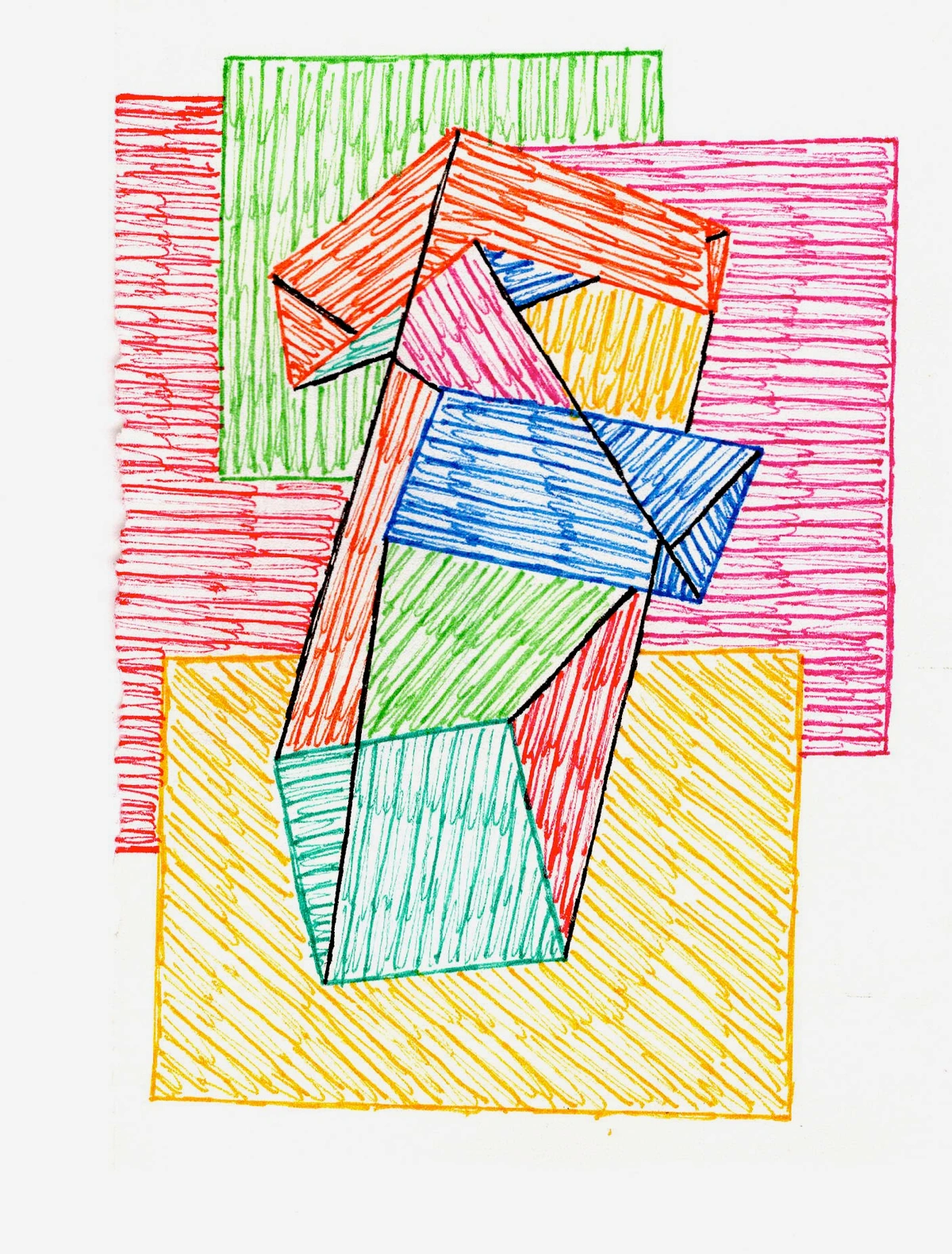
- Exploring the Subconscious & Challenging Convention:
- Dadaism (WWI era): Born out of the chaos and disillusionment of WWI, it challenged the very definition of art itself, often with humor, absurdity, and a profound anti-art stance. It was a defiant, anti-rational reaction to the perceived madness of war and corrupt societal values. Marcel Duchamp's "Fountain" (a signed urinal) epitomizes this radical questioning of artistic value. I can only imagine the sheer audacity it took to present such work at the time; it truly paved the way for future conceptual leaps.
- Surrealism (1920s-1960s): Exploring the subconscious mind and dream imagery, often juxtaposing unrelated objects in bizarre ways to unlock new realities. Salvador Dalí's "The Persistence of Memory" (melting clocks) is instantly recognizable, but artists like René Magritte also made us question the very nature of representation. The dream logic of Surrealism always felt strangely familiar to me, like tapping into a universal unconscious that informs our everyday perception.
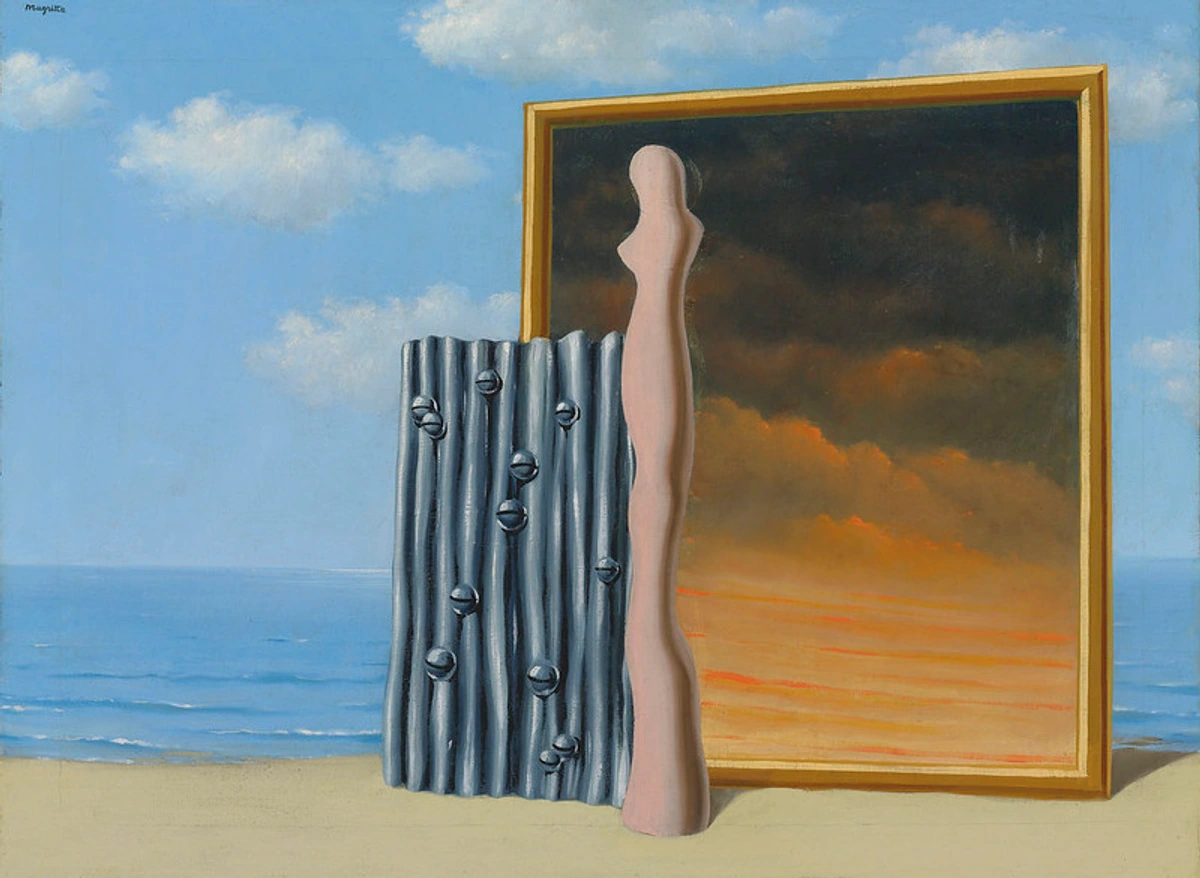
- Pure Abstraction & Simplicity:
- Abstract Expressionism (mid-20th C): Pure, unadulterated emotion expressed through non-representational forms, often large-scale and gestural (e.g., Jackson Pollock's drip paintings) or through intense color fields (Rothko). This was often seen as the peak of the "artist as solitary genius" – channeling profound personal emotion directly onto canvas. It’s hard not to feel the raw energy from these works.
- Minimalism (mid-20th C): Emphasizing extreme simplicity of form, often using geometric shapes and industrial materials, stripping art down to its essential qualities. It reacted against Abstract Expressionism's emotional intensity, seeking a more objective, impersonal aesthetic. This deliberate reduction still fascinates me, the idea of saying so much with so little.

The common thread through all these movements? A fervent desire to innovate, to look inward, and to decisively break with the past. Philosophically, it was often about formalism – the idea that art's meaning came primarily from its form, composition, and visual elements (lines, shapes, colors), rather than external narratives or objective reality. Think of a Mondrian painting where the arrangement of lines and colors is the message, rather than a story it's telling, or a Rothko seeking a transcendent emotional experience purely through color fields. This era emphasized the artist as a unique visionary, often working in isolation, pouring their inner world onto the canvas. It largely ended around the 1960s or 70s, though defining exact end dates in art history is like trying to pinpoint the exact moment dawn becomes day – it's more of a gradual dissipation, a slow handing over of the baton as new ideas began to ferment, laying fertile ground for what was to come. The innovations of Modern Art, even when challenged, continue to be an undeniable foundation for art being made today.
Contemporary Art: The "Now" and Beyond (Roughly 1970s-Present Day)
Now, Contemporary Art is where things get really personal for me, because it's the art being made today. If Modern Art was about breaking rules, contemporary art often actively questions the very existence of rules, probing the boundaries and even the definition of what "art" can be. It's a vibrant, sometimes unsettling, conversation with the world we live in right now, encompassing everything from technological advancements to societal shifts, global events, and individual identities. It’s art that feels immediate, relevant, and often, right in your face. It's truly a mirror held up to our present moment.
This era is heavily influenced by postmodern thought, which essentially argues against universal truths and grand narratives, a stark contrast to Modernism's search for underlying structures. Instead of one big truth, postmodernism embraces many small truths, acknowledging that everyone's perspective is valid, embracing a multiplicity of perspectives, irony, and the deconstruction of traditional forms. Think of it as a deep skepticism towards any single dominant ideology, like an artist deconstructing a historical monument to reveal the hidden power structures behind its creation, rather than simply celebrating its grandeur. It questions concepts like "artistic genius" and "universal beauty," recognizing how these ideas have historically been used to exclude certain voices. The socio-political context of Postmodernism often reacted against the perceived elitism or universalizing tendencies of Modernism, giving rise to critical theory and identity politics, where art became a powerful tool to question power structures and represent marginalized voices. For me, understanding postmodernism was a crucial turning point in my own artistic thinking; it allowed me to move beyond purely aesthetic concerns and embrace deeper conceptual explorations in my work.
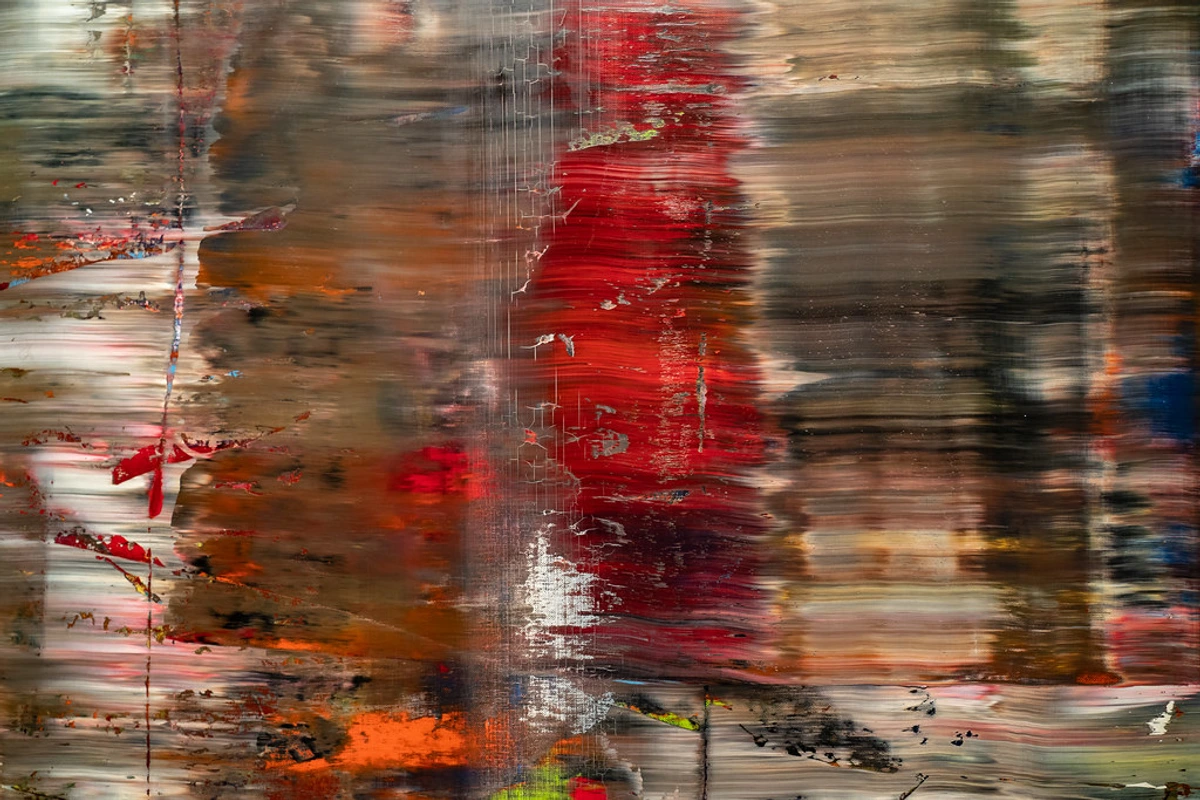
The Expansive Landscape of Contemporary Practice
You'll find a massive diversity here. From the iconic imagery of Pop Art (which some consider a crucial bridge from Modern to Contemporary, precisely because it engaged with mass culture, advertising, and consumerism in a way that modernists often avoided, albeit with a more celebratory or detached sensibility) to the raw emotionality of Neo-Expressionism, contemporary artists are using all available mediums: painting, sculpture, installation, performance, video, digital art, sound art, you name it. It's honestly mind-boggling how artists today are wielding everything from paint to pixels to provoke thought.
Conceptual Foundations and the "Dematerialization" of Art
The influence of mass media and popular culture is immense, with artists often appropriating imagery or critiquing consumerism. Conceptual Art, which truly gained prominence in the mid-20th century, is often seen as a crucial bridge and foundational element for Contemporary Art. It pushed the radical idea that the "idea" or "concept" behind the work is more important than the finished art object itself, challenging the very notion of what an artwork is and dematerializing the art object. What does "dematerialization" mean? It means the physical object might be ephemeral, or even absent – the artwork could be instructions, a performance, a contract, or even just a thought. Think of an artist creating a detailed set of instructions for a wall drawing that can be executed and then erased, or a performance piece existing only in the moment it is experienced and documented. This intellectual rigor is a hallmark of much contemporary practice, often delving into philosophical and theoretical debates, inviting viewers to engage intellectually as much as aesthetically. This shift resonated deeply with me as I began exploring how concepts could drive my abstract compositions, rather than just visual aesthetics.
Diverse Mediums, New Technologies, and Immersive Experiences
Digital art, for instance, has fundamentally changed creation and distribution, opening up new avenues for interactivity, AI-generated art, and immersive virtual reality experiences. Performance art has evolved from its early conceptual roots into diverse contemporary manifestations, pushing the limits of artistic expression to explore ephemeral experiences or directly engage with an audience, often blurring the lines between art and life. Installation art transforms entire spaces, inviting viewers to become part of the artwork itself, creating immersive, multi-sensory experiences. The rise of new technologies, particularly the internet and social media, has not only created new mediums for art but also fundamentally altered how art is experienced and disseminated, giving artists unprecedented global reach and fostering new forms of community and critique. It's a truly exciting, if sometimes overwhelming, landscape, especially for someone creating abstract digital art.

Social Commentary, Identity, and Decolonizing Art History
Contemporary art is often asking tough questions about politics, consumerism, environment, gender, race, and identity because art has become a powerful tool for social commentary and critical engagement with our complex world. Think of an artist like Kara Walker, whose powerful silhouettes confront the historical narratives of race and gender, or Ai Weiwei, who uses his art to critique political power and human rights abuses. It's art that engages, often reflecting the impact of globalization through cross-cultural dialogues and the immediate dissemination of ideas via the internet. There's also an increasing focus on decolonizing art history, which means actively challenging the historically dominant Eurocentric view of art and incorporating marginalized voices, non-Western art forms, and diverse narratives into the mainstream art historical discourse. This process fundamentally shifts our understanding from a narrow, singular perspective to a truly global and inclusive one, a crucial endeavor I believe. Contemporary art actively explores the interconnectedness of our world and the profound impact of technology on human experience and identity – themes I deeply explore in my own abstract pieces, as you can see on my art for sale page.
The really interesting thing about contemporary art is that many of its creators are still alive. This means you can often hear directly from the artist about their intentions, see their creative timeline, or even encounter them at an exhibition. It brings an immediacy and dynamism that historical art cannot. It's a living, breathing, evolving beast, constantly reacting to the present moment. That's why I find it so exhilarating – it's art that truly reflects our shared human experience, right now, challenging our assumptions and making us think.
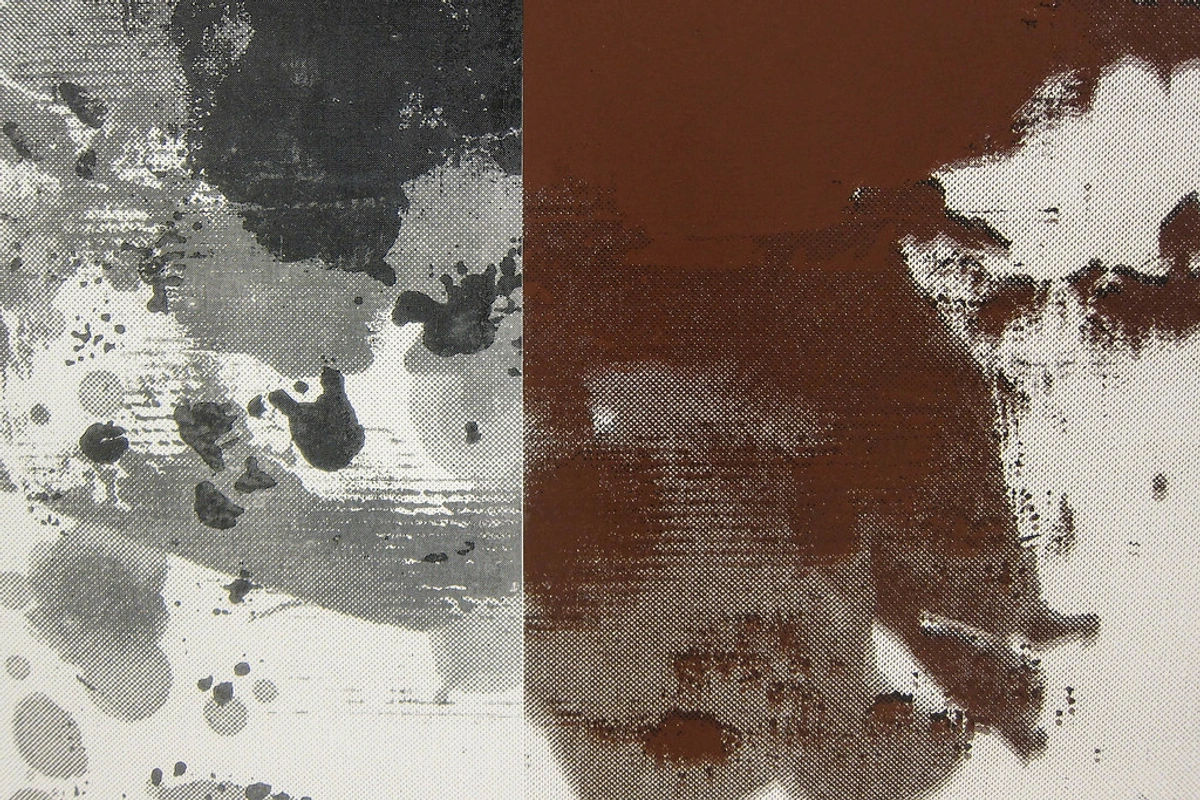
Disentangling the Two: Modern vs. Contemporary Art in Practice
Okay, so if both are innovative and non-traditional, why bother with the distinction? Here's my take: it's all about context, timeframe, and crucially, the prevailing philosophies of the era. Think of it like a family tree. Modern art is the adventurous grandparent, pioneering new paths and languages for art. Contemporary art is the grandchild, building on those paths but living in a completely different world, with new tools, new questions, and often, a more critical lens on society. This difference in why the art is made – its intent and philosophical underpinning – is the crucial distinction.
How to Tell Them Apart: A Practical Checklist
When you're standing in front of a piece, how do you begin to categorize it? Beyond the rough dates, here are a few things I look for, like using my "secret decoder ring" to figure out the deeper conversation:
Feature | Modern Art (approx. 1860s-1970s) | Contemporary Art (approx. 1970s-Present) |
|---|---|---|
| Key Characteristics | Rebellion against academic tradition, formal innovation, search for universal truths | Pluralism, engagement with current issues, questioning definitions, deconstruction |
| Timeframe | Historical, largely completed | Current, ongoing, living artists |
| Focus | Breaking tradition, formal innovation, individual expression, aesthetic revolution, the artist as solitary genius | Social commentary, identity, global issues, conceptual challenges, critique of systems, decolonizing art history |
| Philosophy | Formalism, abstraction, grand narratives | Postmodernism (deconstruction, multiple perspectives), critical theory, identity politics, dematerialization of art |
| Mediums | Primarily painting, sculpture, drawing, early photography | Any and all: digital, performance, installation, mixed media, video, sound, new technologies |
| Goal | Pioneering new aesthetics, exploring subjective perception, revealing universal forms | To provoke thought, engage with current events, challenge definitions, reflect contemporary society, question power structures |
| Collectibility | Established historical value, robust secondary markets, institutional presence | Emerging value, influenced by galleries/fairs, potentially more accessible/speculative, often tied to social relevance |
The Bridge and the Blur: How We Got Here
The shift itself, largely sparked by the rise of conceptual art in the mid-20th century, moved the focus from the aesthetic object to the underlying idea, paving the way for the intellectual rigor we often see today. Artists like Jasper Johns and Robert Rauschenberg, for instance, created works in the mid-20th century that clearly bridged the gap, incorporating elements of both Abstract Expressionism (a modern movement focused on expressive gesture) and Pop Art (which ushered in the contemporary era with its engagement with popular culture). Johns's use of everyday flags and targets, or Rauschenberg's "combines" (blending painting with found objects and pop culture imagery), challenged traditional boundaries and hinted at the postmodern embrace of appropriation and irony. They are fascinating figures because they exemplify the blurriness and continuity, making precise chronological boundaries difficult, though no less essential for understanding the journey.
For example, a modern abstract artist like Piet Mondrian might explore pure form and color to achieve universal harmony, driven by that modernist belief in finding underlying structures and a transcendent order. A contemporary abstract artist, on the other hand, might use abstract forms and digital media to comment on the overwhelming flow of data in our lives or the fragmented nature of online identity, rooted in a postmodern skepticism of grand narratives. The aesthetic might share some roots, but the intent and context are worlds apart. Even when a contemporary artist uses traditional media like painting, their philosophical approach to the subject, their critique, or their engagement with identity politics often places them firmly in the "now."
The Art Market and Its Influence
The art market also plays a huge role; modern art often has established historical value with robust secondary markets and major institutional presence because its critical value has matured over time. Its prices are often driven by historical significance and provenance (the documented history of ownership). Contemporary art's value, conversely, is often emerging, influenced by current trends, gallery representation, and art fairs. It can be more speculative, driven by buzz and the potential for future historical validation, making it potentially more accessible for new collectors, yet also home to high-end speculation. Collectors, gallerists, curators, and critics are all key players in shaping both the value and discourse of these artistic movements. For collectors, understanding this distinction is crucial; it helps in deciding whether to invest in established historical value or emerging, potentially higher-risk but high-reward, contemporary pieces. It’s a dynamic interplay that constantly reshapes what we see as valuable.
Why It Matters (And Why It Doesn't)
So, we've explored the timelines, philosophies, and even a checklist, but why does disentangling these two eras truly matter for us, the art lovers and creators of today? For me, understanding the difference matters because it helps me appreciate the journey. It's like learning about history; you understand the present better when you know what came before. It empowers you to go beyond simply liking a piece to understanding why you like it and what it's trying to say. This knowledge can transform you from a passive observer into an active participant in the art world, helping you decipher the conversations happening on the canvas.
I remember walking into a gallery once, completely lost, until I realized one room was clearly engaging with postmodern ideas of identity while another was a beautiful, formal exploration of color – immediately, the pieces clicked into place. My "secret decoder ring" was working! When I visit a museum, like the museum in 's-Hertogenbosch, I can categorize the works in my mind, understanding their historical context and the conversations they were having with their contemporaries. It's fascinating because it allows for a richer dialogue with the art. It’s like having a secret decoder ring for the art world, making every visit more insightful. And if you're looking to select art for your own home or collection, understanding these distinctions can guide your choices, helping you find pieces that align with your aesthetic preferences or intellectual interests – whether you're drawn to the rebellious spirit of modernism or the critical inquiry of contemporary art. For aspiring artists or those looking to expand their own practice, knowing this history is like learning the grammar of a language before you write your own poetry; it provides the tools and context to innovate meaningfully.
But then, sometimes, I just want to look at a piece of art and feel it, without labeling. And honestly, that's perfectly fine too. The label is a tool for understanding, not a barrier to appreciation. In fact, over-categorization can sometimes get in the way of that intuitive, emotional connection. Does it truly diminish a piece if you mistake a Modernist work for a Contemporary one, as long as it moves you? I don't think so. While intellectual context enriches, the purest form of art appreciation often lies in the direct, unmediated encounter – the shiver down your spine, the sudden gasp, the quiet contemplation. Whether a piece is "modern" or "contemporary," if it moves you, makes you think, or simply brings you joy, then it's doing its job. That's what art is ultimately about, isn't it? Connecting, creating an experience.
It's a big, beautiful, ever-changing world out there, and every piece tells a part of its story. Keep exploring, keep questioning. And as you navigate this rich landscape, remember that the dialogue between past and present is always alive – a dialogue I strive to continue in my own studio, as you'll see reflected in the pieces on my art for sale page. If you're eager to dive even deeper, consider exploring specific movements like Abstract Expressionism or Pop Art through more dedicated resources like The Definitive Guide to Abstract Art Movements or The Rise of Digital Abstract Art. What pieces move you, and why do you think they were created? That's the real question, isn't it? What conversation are you joining?




